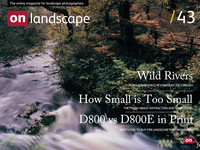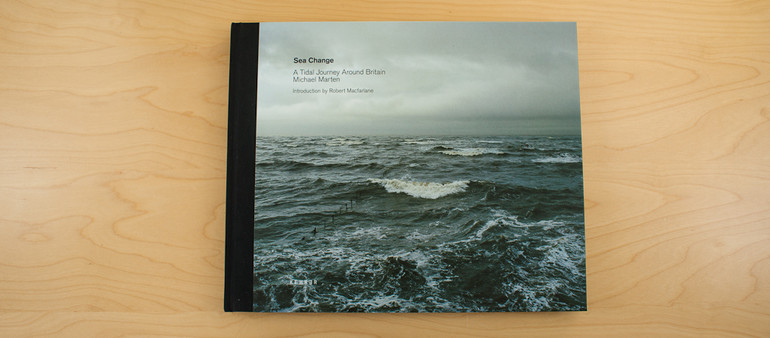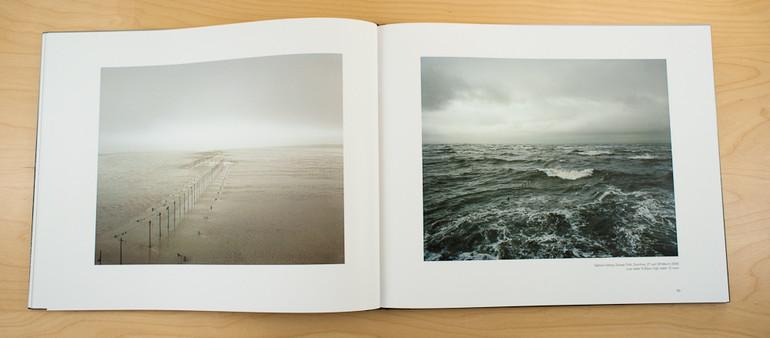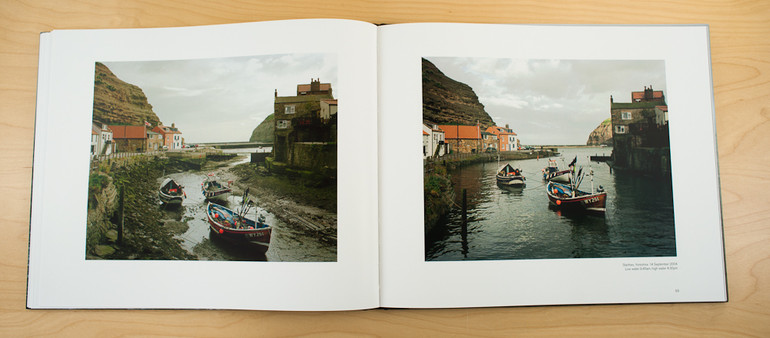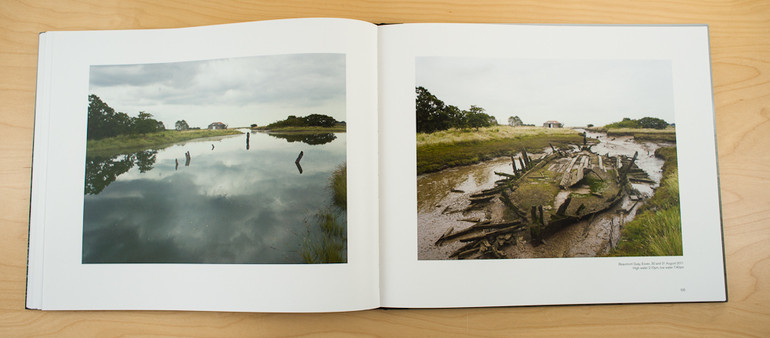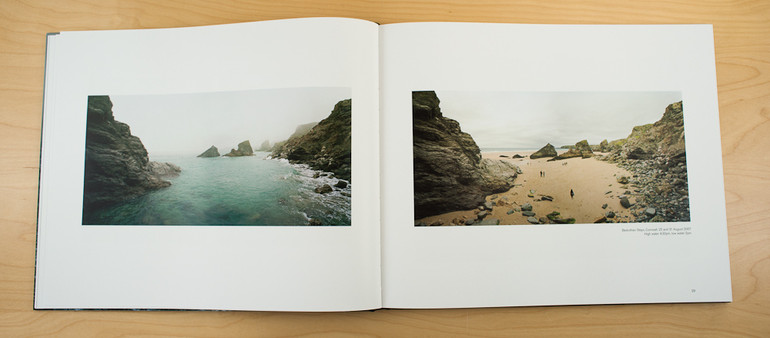Book review

Tim Parkin
Amateur Photographer who plays with big cameras and film when in between digital photographs.

Michael Marten
I started taking photographs as a teenager and have been involved with photography ever since, from a first job as a caption writer at the Camera Press photo agency to starting the Science Photo Library in 1979. Since 2003 I have concentrated on my own landscape photography. My first major series was 'Sea Change' (2003-12), a study of identical views at low and high tide around the coast of Britain. A second project, 'Godrevy', was exhibited and published in 2015.
Michael Marten's "Sea Change" recalls Ariel's song in Shakespeare's Tempest
Full fathom five thy father lies:
Of his bones are coral made:
Those are pearls that were his eyes:
Nothing of him that doth fade
But doth suffer a sea-change
Into something rich and strange.
And the book is all about a transformation and of that rich and strange - the movement of the tides and the opening and closing of the tidal zone. The idea is simple - turn up at evocative places during periods of maximum tidal range and photograph when the tide is in and the tide is out - compare and contrast. The result is something more than the parts though - in the time between the two shots the light has changed, often dramatically; people who sprawl in the new land uncovered are replaced by the fisherman and boats; in one fold out triptych a tidal swimming pool fills up with people in between tides until the visitors are inexorably pushed back to the coastline once the full tide returns.
Robert MacFarlane writes better than anyone about engagement with the land and sea and his introduction in this book is no exception. The images are documentary in nature with the compositions constructed to let the viewer draw their own conclusions. The locations will be familiar to many landscape photographers though with Staithes, Flamborough, Worm's Head, St Mary's lighthouse, Howick, Bedruthan, Seven Sisters, Sunderland Point - seeing them in such neutral light is quite revealing - Flamborough isn't as white as you normally see it, the sea isn't blurred, the skies - dictated by the times of the tides - don't have the strong hues and saturation we're familiar with seeing, beaches are full of footprints. This is most definitely a populated landscape.
My particular favourite spread of the book is the Solway Firth diptych, featured on the front and back cover of the book. The salmon fishing nets have featured many a black and white photographers portfolio but it's the rough seas that replace them that engage me - the curl of the wave reminiscent of Gustave le Gray with a typically British heavy sky.
Other favourites are the classic Staithes view and the revealed skeleton of a boat at Beaumont Quay in Essex.
A lot of readers may be underwhelmed by the lack of overtly composed perspective, complimentary light or dramatic subject matter but the book's premise is communicating an idea and feeling about the coast and spending a while with these pictures does convey that.
Michael has produced a beautifully crafted and reproduced book that clearly deserves a place in a varied photography bookshelf. I've been trying to give myself space to enjoy different approaches to photography, not just trying to discover the next heroic, sublime, deliberated masterpiece and although some artists still don't engage me it is nice when I find ones that reward time invested.
Michael has an exhibition 26th-30th of September at the Oxo gallery (gallery@oxo) on the South Bank in London. The book is available from Michael's website or Beyond Words. You can see more of Michael's work at www.michaelmarten.com.

